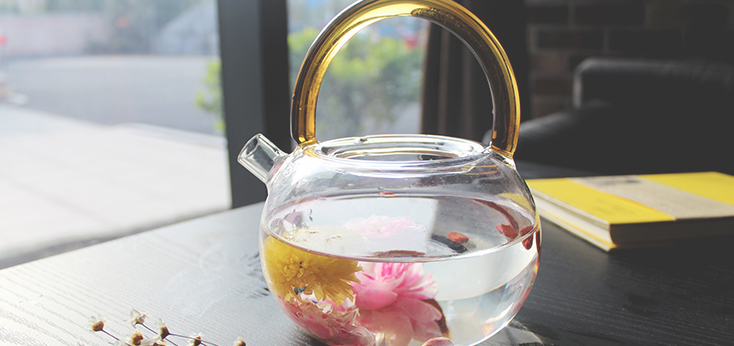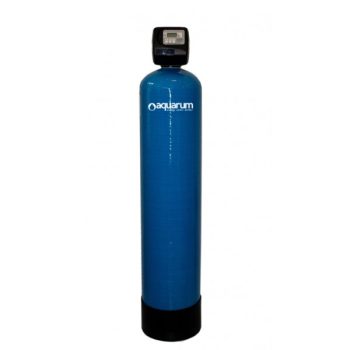Mechanical filters for water purification
FAG mechanical filters are required to remove solid, insoluble impurities such as rust, sludge, sand, and other contaminants from the water, so they are usually installed first in the water treatment circuit.
The best way to remove suspended solids from the water is a FAG sediment filter or what is called a column-type mechanical filter.
This is a type of mechanical filtration system that works by passing water through a layer of Filter Ag, Filter Ag Plus, or Turbidex filter media that traps and removes particles.
The FAG column-type mechanical filter consists of:
- Filter housing
- Automatic control valve
- Filter material
- Distribution system, inside the canister
Here's how to choose mechanical column filters for water treatment:
Determine the flow rate of the water you need to treat. This will help you choose an appropriately sized filter that can handle the required flow without causing excessive pressure drops.
Find out the size and type of particles present in the water. This will help you choose the right size of filter media (such as sand size) that can effectively trap the particles.
Determine the type of filter media to be used. The choice depends on the quality of the water and the level of filtration required.
Select a filter with a backwash mechanism. Backwashing involves reversing the direction of water flow through the filter to flush out accumulated particles and prevent clogging.
Make sure the filter is designed to operate within the pressure range of your system.
Consider ease of maintenance and access for cleaning. Filters with easy-to-use backwash systems and access points for changing filter media are preferred.
Determine the water quality goals you want to achieve.
Cleaning and Maintenance:
Regular backwashing. Mechanical column filters require regular backwashing to remove trapped particles. Backwashing should be performed when the pressure drop across the filter reaches a certain level, or at specified intervals.
Pressure Drop Monitoring: Install pressure gauges upstream and downstream of the filter to monitor the pressure drop. A significant increase in pressure drop indicates that the filter is clogged and requires backwashing.
Backwashing Procedure: Follow the manufacturer's instructions for the backwashing procedure. This usually involves reversing the direction of water flow through the filter, loosening and flushing out trapped particles.
Checking and replacing filter media: Periodically check the filter media for signs of wear or contamination. Replace the media if it is worn or is no longer effective.
Keep records: keep a log of maintenance activities, including frequency of backwashing, media replacement, and any problems encountered.
Water Quality Check. Test your treated water regularly to make sure the filter is working properly and meeting water quality standards.
Proper selection, cleaning, and maintenance of mechanical column filters, are essential to ensure effective water treatment. Following the manufacturer's recommendations, monitoring pressure drop and performing regular maintenance will help keep the filters running optimally and provide clean, purified water.

Untreated tap water contains mechanical impurities, metals, bacteria, pesticides, chemicals in varying amounts that accumulate in the body and can cause various diseases.

Water treatment helps get rid of the unpleasant taste and odor that appear as a result of an increase in the concentration of inorganic and organic substances in the composition of such water.

Lithuanian water leads to the accumulation of scale on the heating surfaces of electrical appliances, consequently reducing their thermal conductivity. This accelerates appliance failure and increases energy costs.

It is known that the consumption of clean water is extremely important for maintaining health. That is why purified water is necessary for a person to protect himself from many diseases and to continue an active life without doctors and pills.
own enterprise
customized solutions
operational experience
and installation








